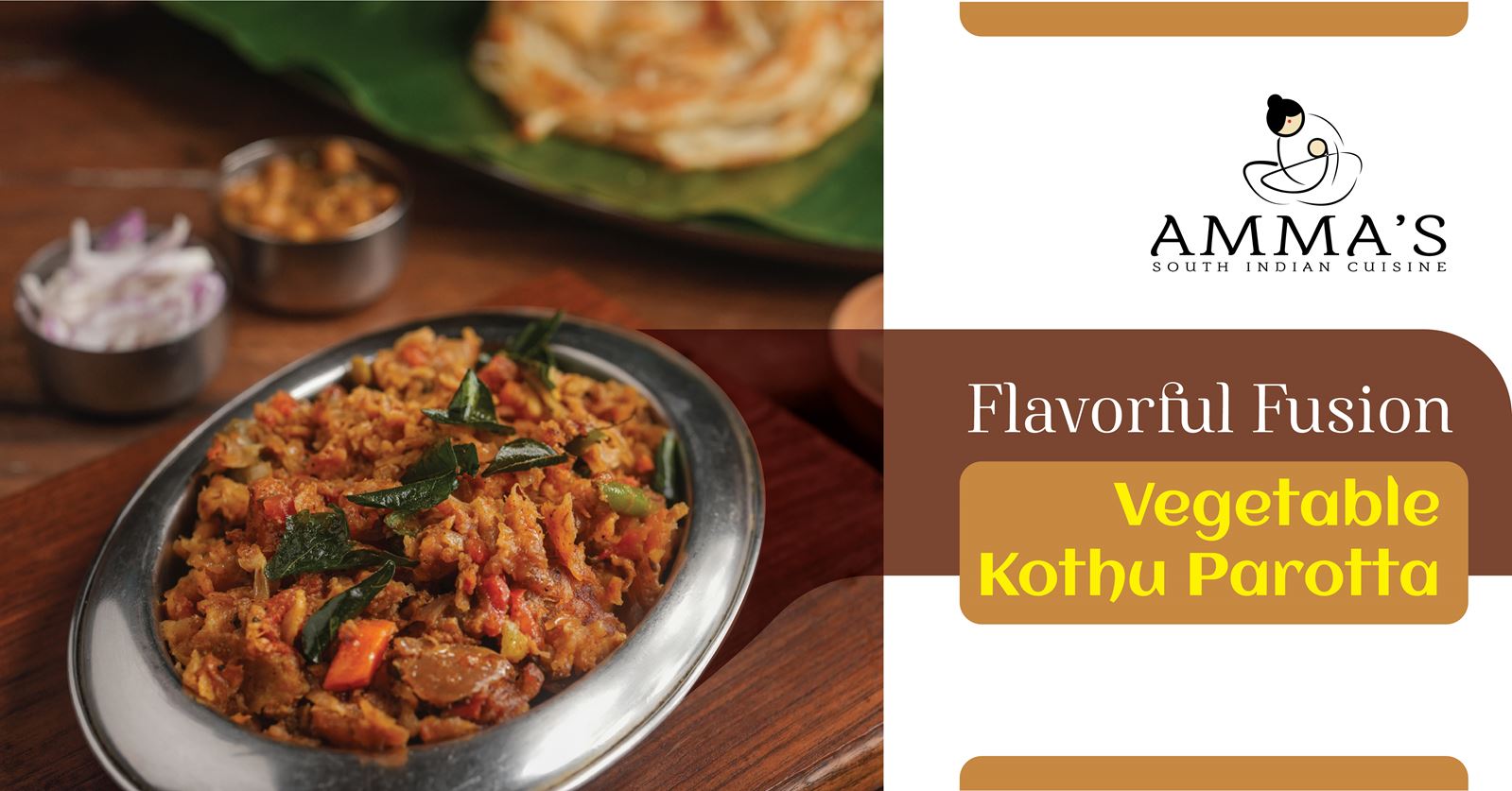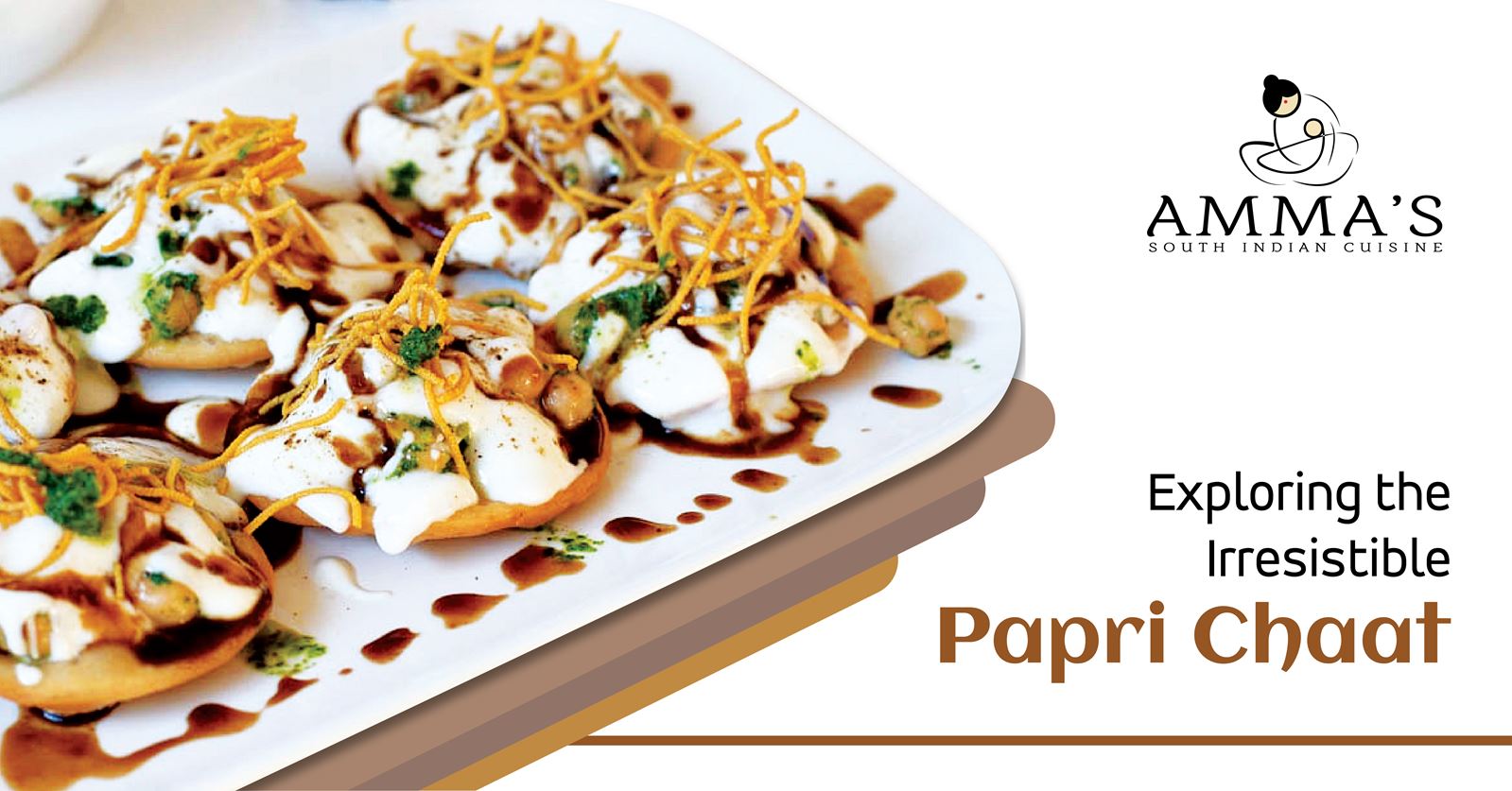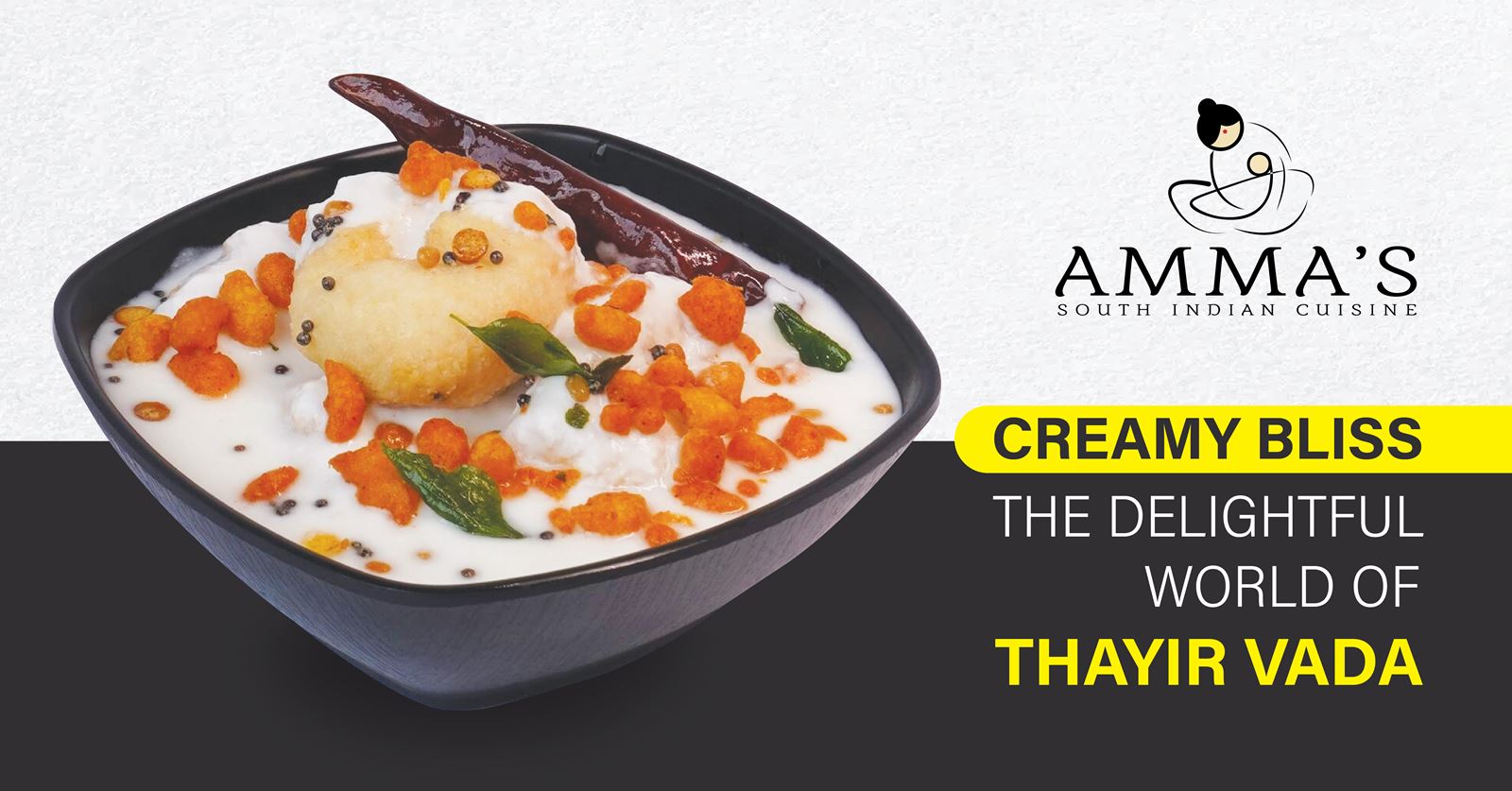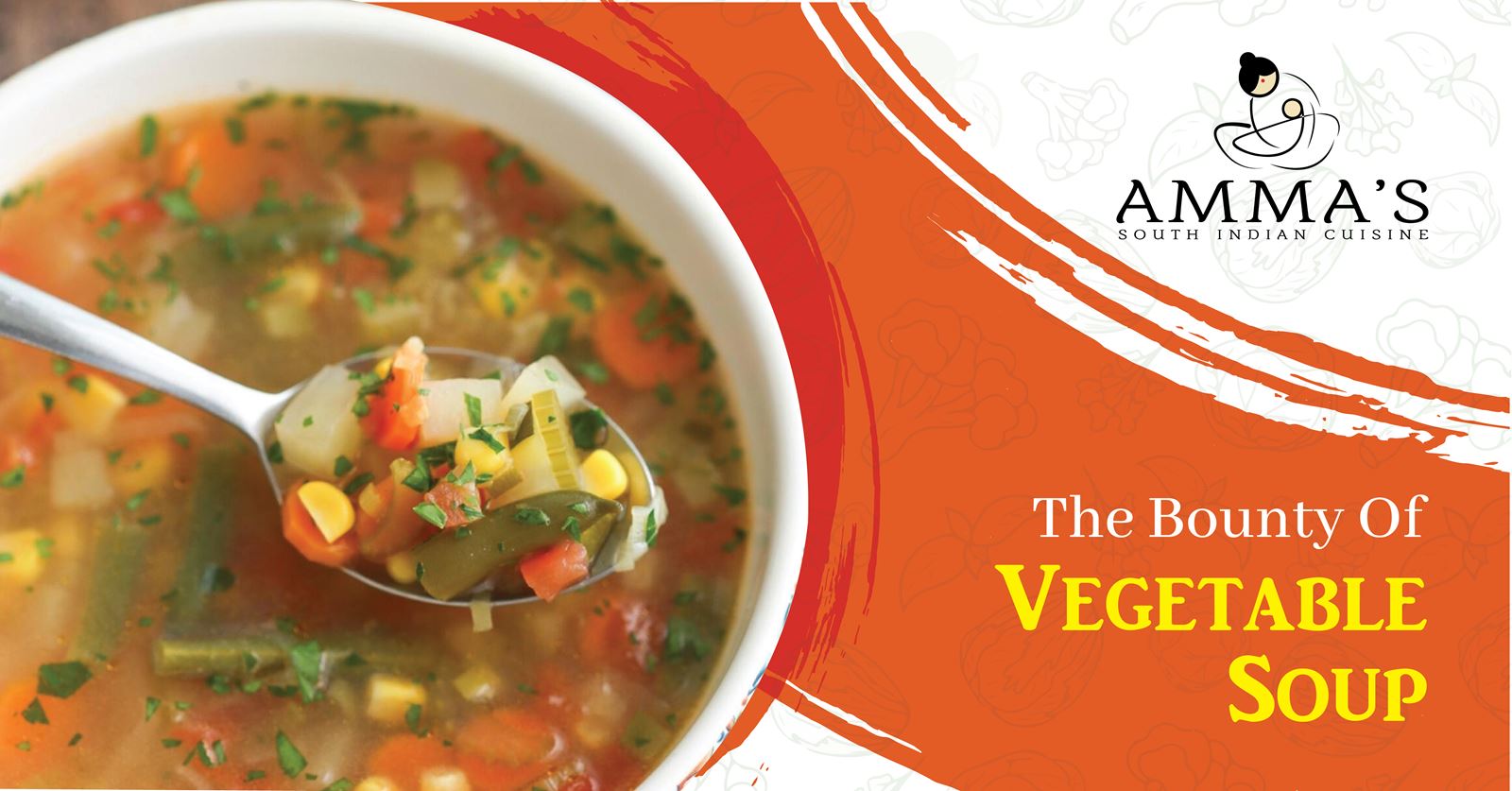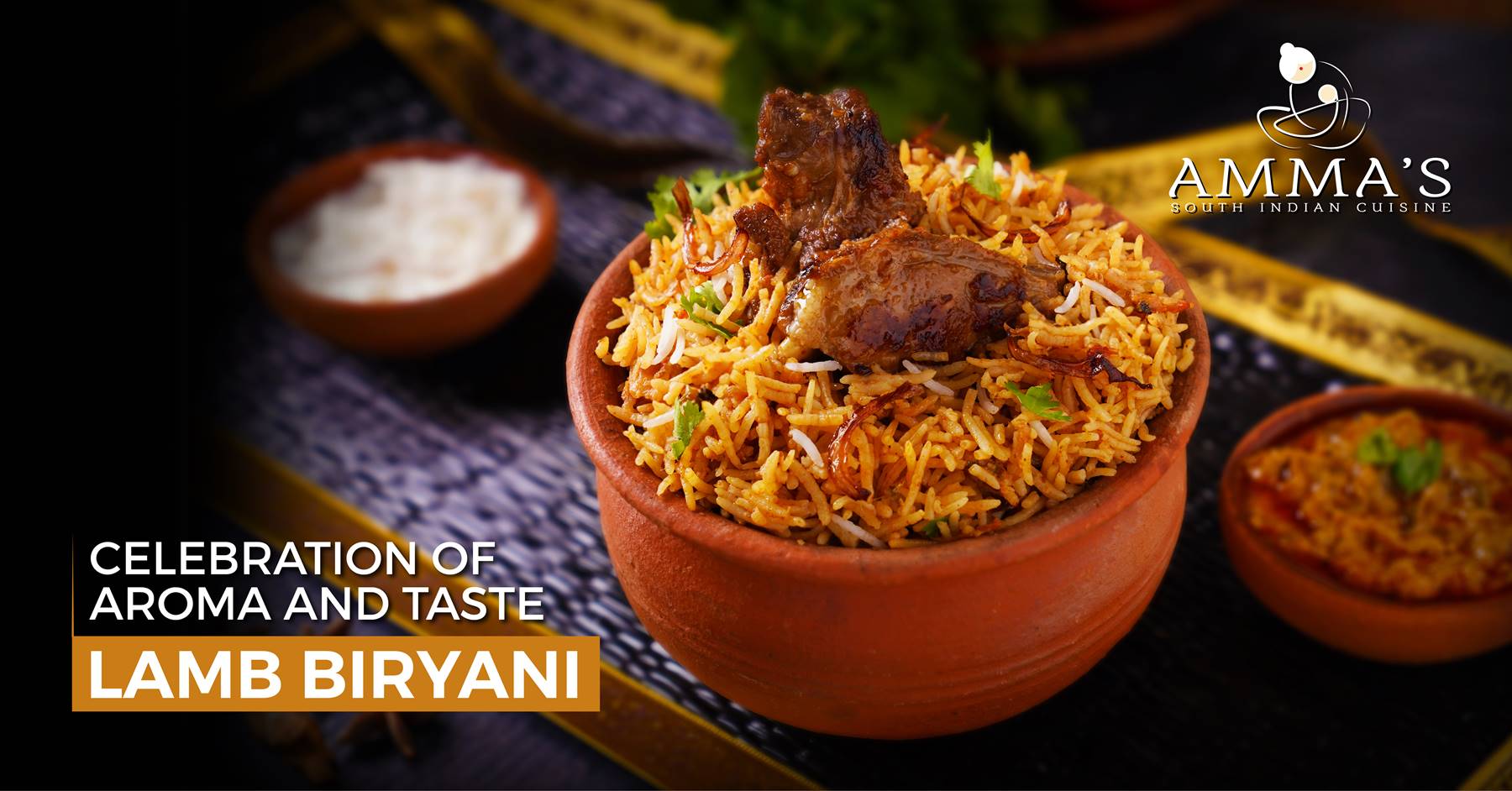
Celebration of aroma and taste: Lamb Biryani
The history of biryani dates back to the Mughal period in India. It still remains a popular dish in the cuisine and is commonly made with mutton or lamb, chicken and beef. Mutton biryani has a distinct aroma and flavor which is not found in other Indian meat dishes. Lamb Biryani, a delicious casserole with tender lamb meat and fragrant saffron rice, is debatably one of India’s most favorite varieties of biryani yet. Festivities aside, even another weekday becomes a festive occasion when this biryani is served hot with cooling cucumber raita on the side Lamb Biryani is a celebration of aroma, color, and flavor, with perfectly cooked, fluffy grains of scented basmati rice and tender chunks of spiced lamb.
While the history speaks of the origins of the dish that stands tall with its flavor and fragrance, one of the key things to keep in mind is of the approach to achieve the flavor and honor the history. There are two prominent methods that stand out in the making of lamb biryani and they differ in their marinating and cooking style: The Kachchi and Pakki variety of biryanis. In Kachchi Biryani, meat is marinated for a longer duration; the marinated meat is then layered and cooked with semi-cooked saffron rice on slow heat in a sealed biryani pot. The layering technique is what differentiates biryani from other rice dishes, like a pilaf or pulao. Whereas in Pakki biryani, meat is half-cooked separately and rice is half-cooked separately, they are then mixed and cooked together for a lesser duration.
Regardless of the method, aromas are infused into the meat and the rice using a combination of spices, herbs, and extracts, while saffron threads and turmeric add bright hues of orange and yellow to the otherwise white backdrop of long-grain rice. The result is a highly aromatic and colorful dish of meat and rice. There are a lot of variations of biryani—like Bombay biryani, Hyderbadi biryani, etc.—as recipes and taste preferences can be quite different from region to region and even household to household.
Lamb bones become more succulent and tender once cooked, and they add to the flavor of the biryani. Milk can also be used to make the lamb’s meat further soft and tender. Basmati rice is the preferred rice for biryani as it brings in the right texture and adds flavor to the dish. It is optional to use ghee instead of oil; it adds a certain taste, and kewra water (an extract that is distilled from pandanus flowers )to sweeten the spices a little.
If all of this sound too tedious to keep in mind, head over to Amma’s South Indian Restaurant and we’ll take care of you! We offer you the authentic fare of lamb biryani!

